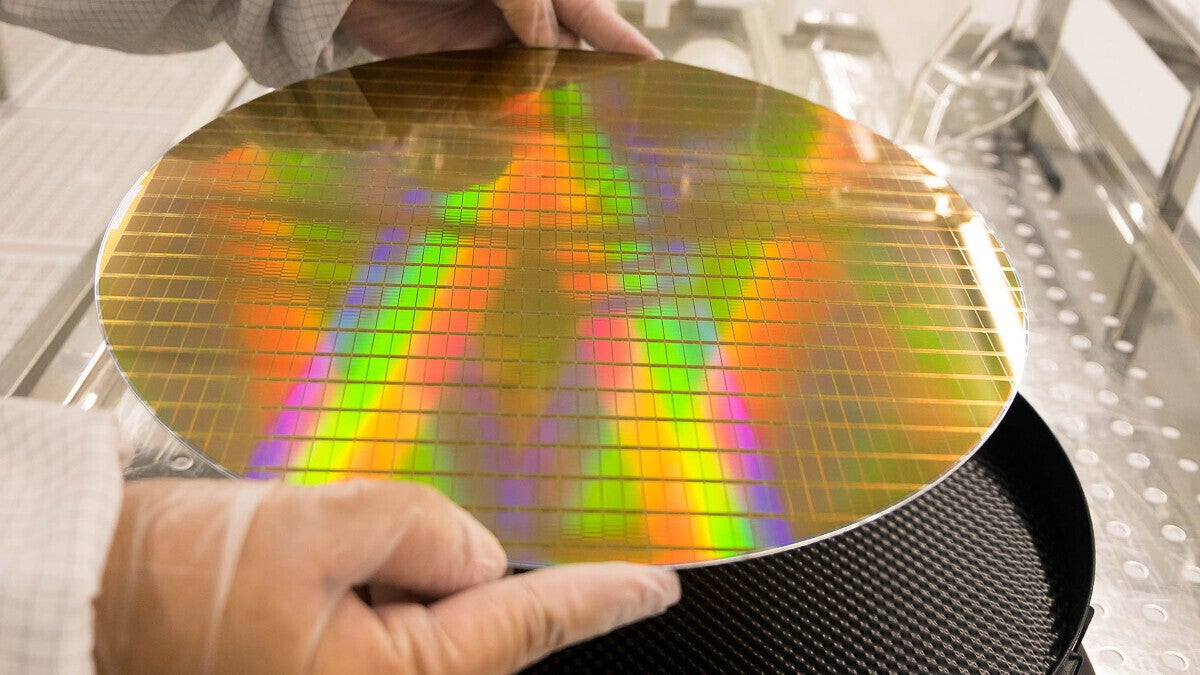What to expect from the 3nm A17 Bionic chipset powering the iPhone 15 Pro and iPhone 15 Ultra

These are exciting times for those who design Apple's chips including the A-series Application Processors used in the iPhone. The iPhone 15 Pro and iPhone 15 Ultra will both be powered by the A17 Bionic which will be the first chip produced by leading foundry TSMC made using its 3nm process node. The improvement in transistor density will lead to a higher transistor count estimated to be in the range of 20 to 24 billion transistors. That compares with the 16 billion transistors inside the A16 Bionic.
Why is this important? Typically the higher the transistor count, the more powerful and energy-efficient a chip is. The last three A-series chips, the A14 Bionic, A15 Bionic, and A16 Bionic, were all produced using different variants of the 5nm node. Even though the A16 Bionic has been considered a 4nm chip, that is actually an enhanced 5nm node.
Apple has locked in all of TSMC's 3nm production for 2023
To show you the importance of this, let's take a look at the iPhone 11 series which employed the 7nm A13 Bionic and contained 8.5 billion transistors. The iPhone 12 line used the 5nm A14 Bionic which featured 11.8 billion transistors. The 5nm A15 Bionic for the iPhone 13 models contained 15 billion transistors and that went up to 16 billion for the 4nm (actually 5nm) A16 Bionic that powers the iPhone 14 Pro line (and is expected to be under the hood of this year's iPhone 15 and iPhone 15 Plus).

Wafers for 3nm chip production cost $20,000 a pop
Apple has reserved all of TSMC's 3nm production this year but it will be a different story next year when the foundry starts using its second-generation 3nm process node. The A17 Bionic is expected to keep the 6-core configuration that includes 4 efficiency cores and 2 performance cores. Apple used ARM's v8.6 architecture for the A16 Bionic with Apple expected to use ARM's v9 architecture for this year's chipset. Apple does design its own CPU cores.
For the Neural Engine, used for machine learning and AI, Apple didn't make many changes for the A16 Bionic. But with the 3nm process node this year, we could see an 18% increase to 20 trillion operations per second from 17 trillion. That could be led by an increase in the number of cores from the current 16. And Apple might match the Snapdragon 8 Gen 2's use of LPDDR5X RAM from the 6GB of LPDDR5 RAM used in the iPhone 14 Pro models. The non-Pro iPhone 14 models also have 6GB of RAM but the slower LPDDR4X variety.
Apple will stick with a Qualcomm 5G modem chip for the A17 Bionic
The use of LPDDR5X RAM for the A17 Bionic this year will deliver a 33% faster maximum data rate which will result in a 25% lower latency. As for the GPU, many are hoping that Apple continues with the 20% performance increase that it has been delivering every year although this is an average. That means the range has been 15% to 30% higher and the A17 Bionic's GPU performance improvement should fall within that range.
Lastly, Apple will once again rely on Qualcomm's Snapdragon modem, this time the X70 which will be used by the premium iPhone 15 Pro and iPhone 15 Ultra models. Qualcomm CEO Cristiano Amon believes that Apple will start using its own 5G modem chips starting next year with the 2024 iPhone 16 series. That is actually bad news for the executive as his company's share of the iPhone's 5G modem market is expected to drop from 100% this year to 20% next year.
In Barcelona last month for MWC, Amon said, "We’re making no plans for 2024, my planning assumption is we’re not providing [Apple] a modem in '24, but it's their decision to make." Apple has been looking to move away from Qualcomm's controversial "no license, no chips" sales practice. This forces manufacturers, like Apple, to pay Qualcomm to license the chip designer's intellectual property before buying the actual chips.













Things that are NOT allowed: